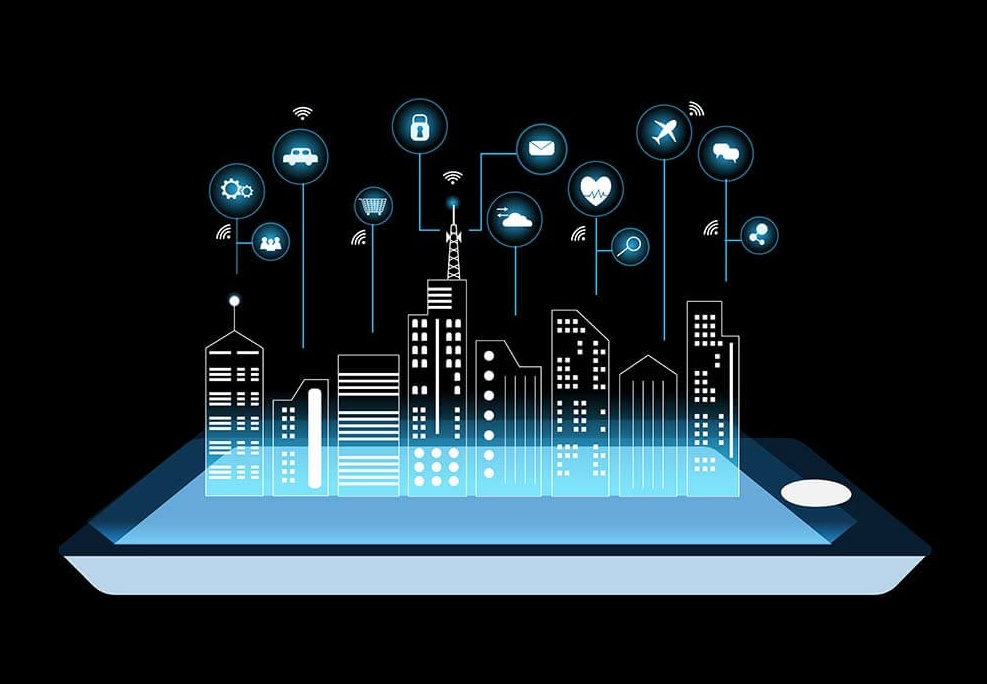
Robotic ImagingApril 2, 2024
Practical VR
Robotic Imaging harnesses the power of Virtual Reality (VR) to create, store, and share visually-rich 3D models of physical spaces. We help planning, design, construction and facilities teams adopt VR fast and without a headset. Here are some of the ways our clients are benefiting:
- Improved Design & Visualization
- Site Planning and Logistics
- Remote Inspections
- Marketing & Sales
- Data Integration
- Safety Training & Planning
3D/VR allows architects and designers to create 3D models and immersive environments, helping stakeholders better understand the design concept and make more informed decisions. Project stakeholders can explore the virtual project together, which facilitates communication, increases misunderstandings and decreases project scoping.
VR can simulate site conditions, logistics, and the flow of materials and personnel. This aids in better planning and optimizing construction processes for maximum efficiency. By identifying issues early, improving project planning, and reducing rework, VR can lead to cost savings throughout the construction process.
VR can be used for remote inspections, reducing the need for on-site visits and improving the efficiency of the inspection process. Project managers can track construction progress using VR by overlaying virtual models with actual site conditions. This allows for accurate monitoring and comparison of planned vs. actual progress.
Developers can use VR to showcase properties to potential buyers or tenants, providing immersive tours of projects that are still in the planning or construction phase.
VR can be integrated with Building Information Modeling (BIM) systems, allowing for seamless data exchange and a more comprehensive understanding of the project. Construction companies that adopt VR demonstrate their commitment to innovation, which can give them a competitive advantage in a rapidly evolving industry.
Construction workers can undergo safety training in a virtual environment, allowing them to practice and prepare for real-world scenarios without physical risk. VR provides a safe and controlled environment for training construction workers and equipment operators, helping them develop skills and gain experience.
Incorporating VR in construction processes can lead to better decision-making, reduced errors, and increased efficiency. It empowers stakeholders with a deeper understanding of projects, ultimately resulting in improved project outcomes, from planning and design to construction and beyond.